Ever feel like your cat is an enigma wrapped in fur? You’re not alone. Many cat lovers long for a warm, purring bundle on their lap, only to find that their feline friend prefers a polite nod from across the room. But here’s the truth: even the most aloof cats can be deeply bonded to their humans—they just show it in their own quirky ways. If your cat is more “distant observer” than “cuddle monster,” don’t worry. There’s a whole secret language of love that cats use, and most of it doesn’t look anything like a snuggle. Let’s uncover the hidden signs that your cat adores you, even without the cuddles.
Eye Contact and the Slow Blink

A cat’s gaze can be intense, but when your feline locks eyes with you and gives a slow, deliberate blink, that’s pure affection. In the cat world, closing their eyes in your presence is a sign of deep trust. They’re saying, “I feel safe with you.” If you notice your cat offering you these slow blinks from across the room, try returning the gesture. It’s like blowing a kiss in cat language. Even if your cat doesn’t leap into your lap, these moments are powerful connections.
Following You Around the House

Some people think a cat that trails them from room to room is just nosy, but it’s actually a major sign of attachment. If you move from the kitchen to the living room and your cat appears in the doorway moments later, you’ve got a little shadow. While they may not jump on the couch with you, their presence is their way of saying, “I want to be near you.” This subtle companionship shows their bond goes deeper than physical touch.
Vocalizations and Meows

Cats rarely “talk” to each other with meows; those sounds are mostly reserved for humans. If your cat greets you with chirps, trills, or a series of meows, they’re engaging in a special conversation just for you. These vocal signals might range from a soft greeting to a persistent “feed me,” but they also mean your cat feels comfortable and wants your attention. Every unique sound is part of your shared dialogue.
Head Butts and Face Rubs
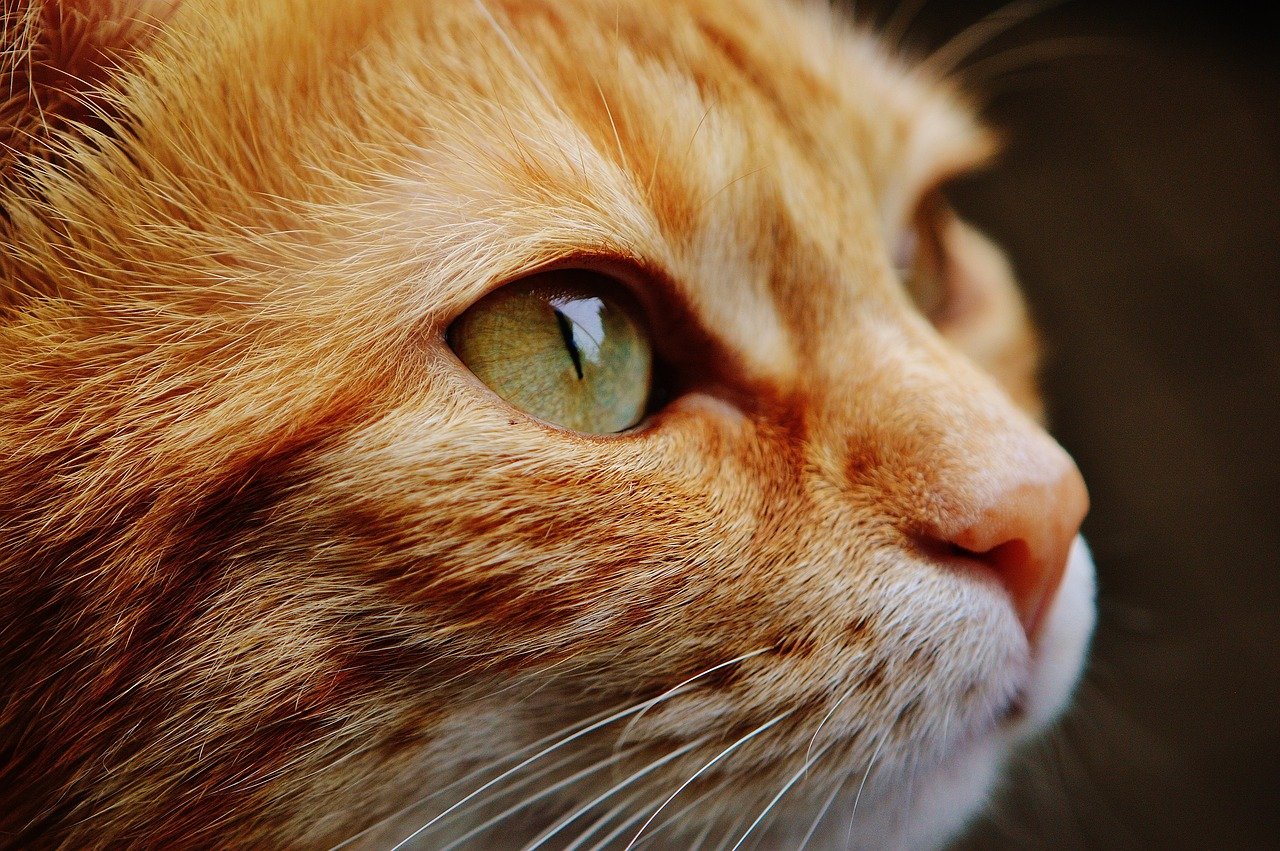
Not all cats are lap loungers, but many will gently bump their head or rub their cheek against your hand or leg. This act, called “bunting,” transfers scent markers and is a huge sign of trust. With every head butt, your cat is essentially saying, “You’re mine.” It’s their way of forging a physical and emotional bond, even if they keep personal space most of the time.
Presenting Their Belly—Even Briefly
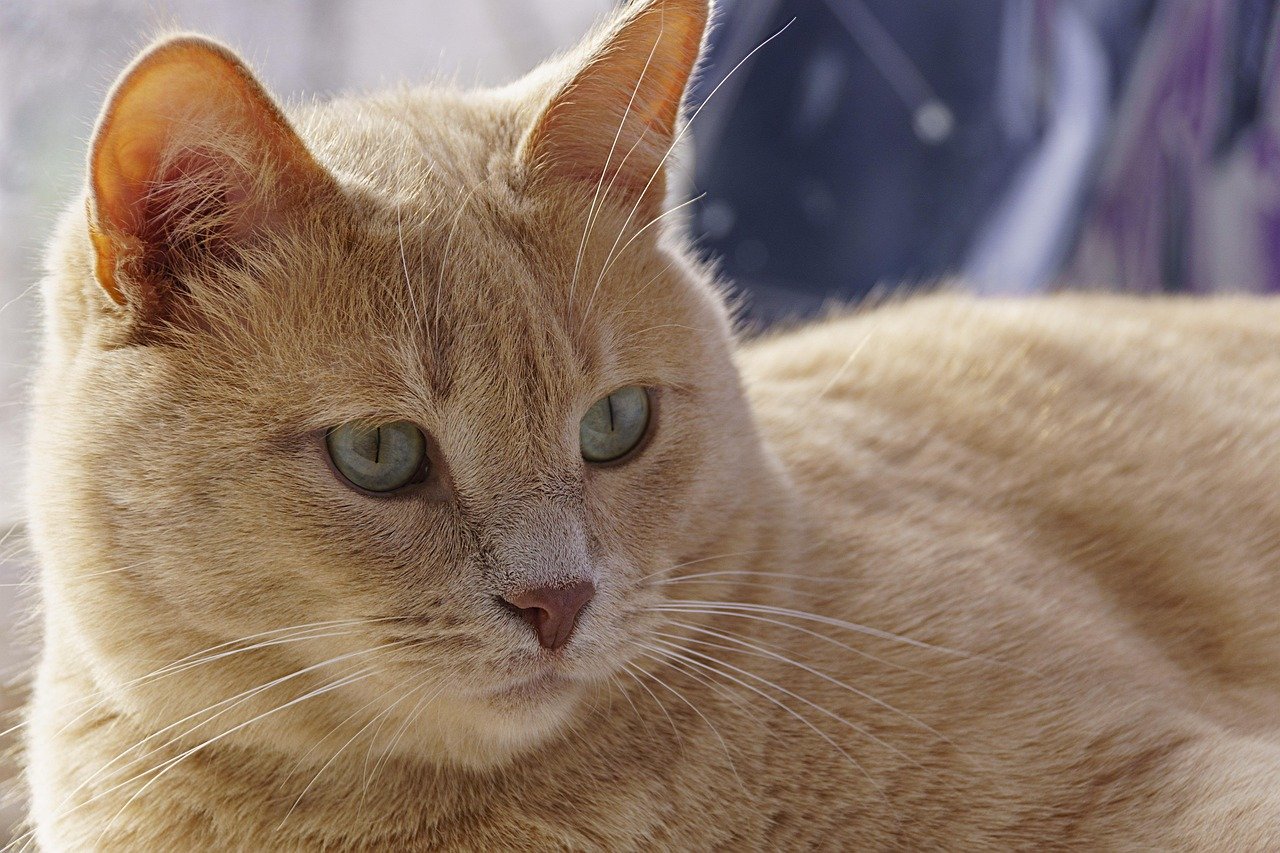
Seeing your cat flop over and expose their belly, even if just for a second, is a big deal. This vulnerable position means they trust you completely. Don’t confuse this with an invitation to rub their tummy—most cats don’t actually want belly rubs—but take it as a compliment. It’s a gesture reserved for those they love and trust.
Tail Language That Speaks Volumes

A cat’s tail is a flag of their feelings. If your cat greets you with their tail straight up and maybe even a little hook at the tip, that’s the feline version of a joyful hello. A tail that softly quivers or vibrates can indicate excitement at your presence. Although they aren’t curled up in your arms, their tail tells you, “You make me happy.”
Gentle Paw Touches
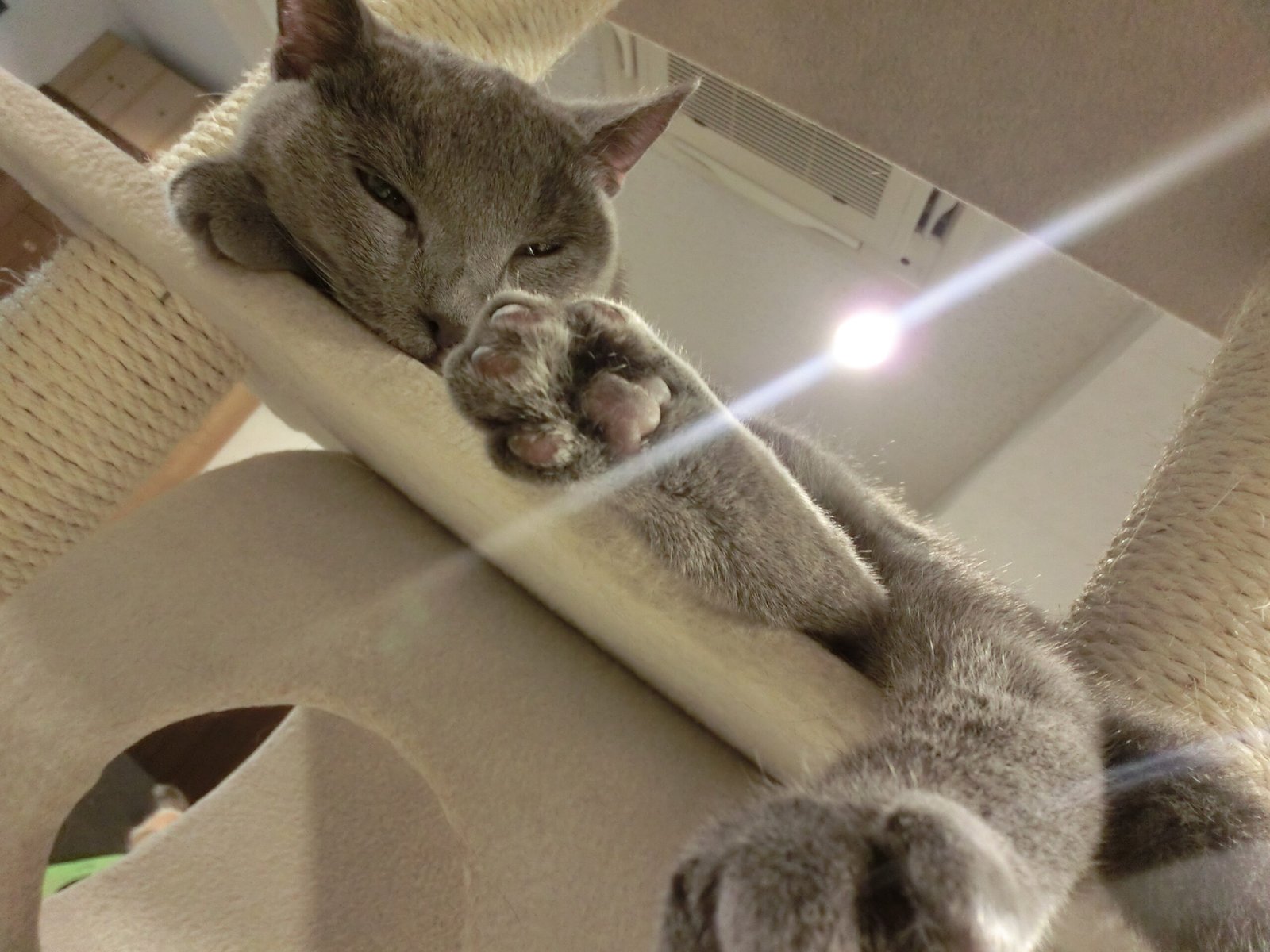
Some cats reach out with a single paw to tap your arm, leg, or even your face. This gentle touch is often a request for attention or simply a subtle way to make contact. Think of it as a handshake or a pat on the back. These brief touches, though not as cozy as a full-on snuggle, are heartfelt gestures.
Sleeping Nearby (But Not On You)
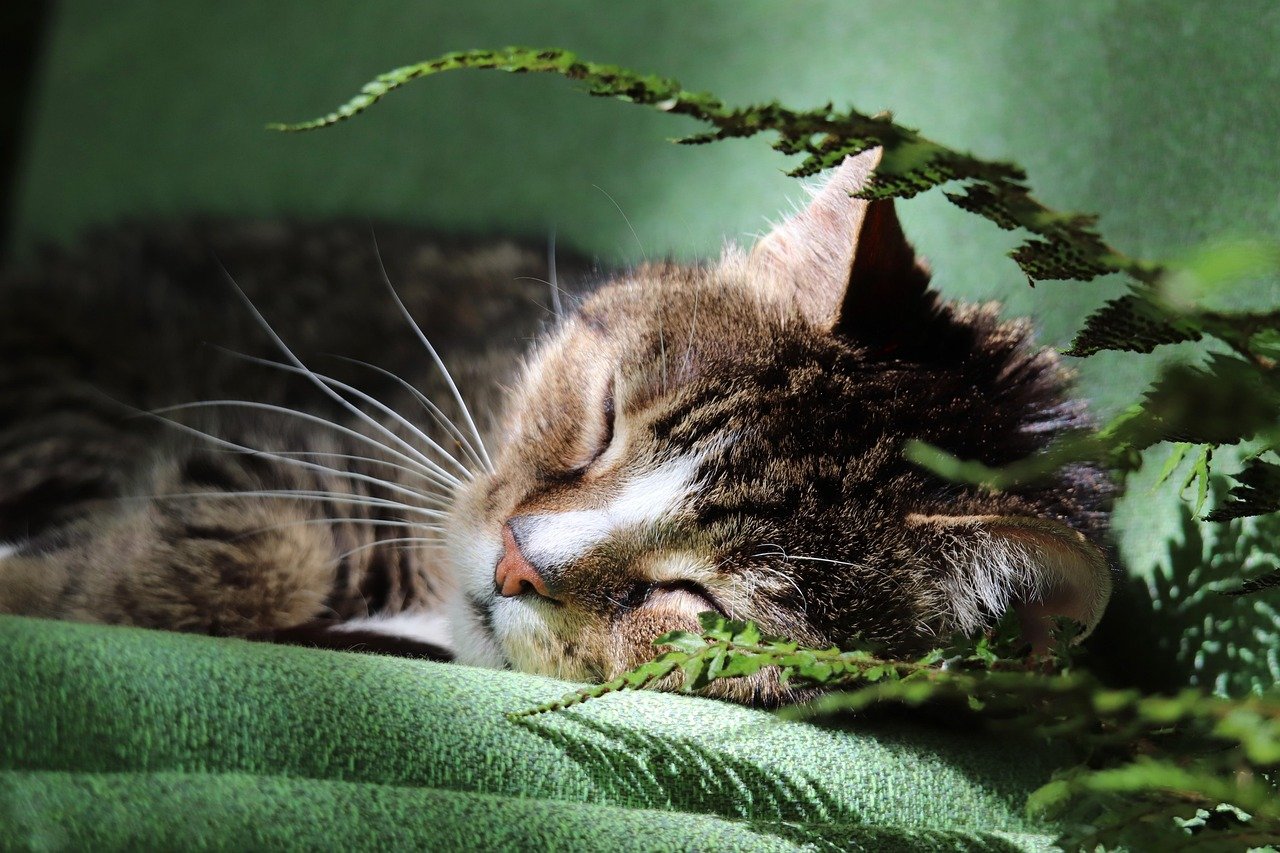
If your cat chooses to nap in the same room as you, that’s a big vote of confidence. Cats are most vulnerable when sleeping, so picking a spot close to you—on the edge of the bed, the arm of the couch, or even just within eyesight—signals they feel secure. It’s their quiet way of keeping you in their comfort zone.
Playful Interactions
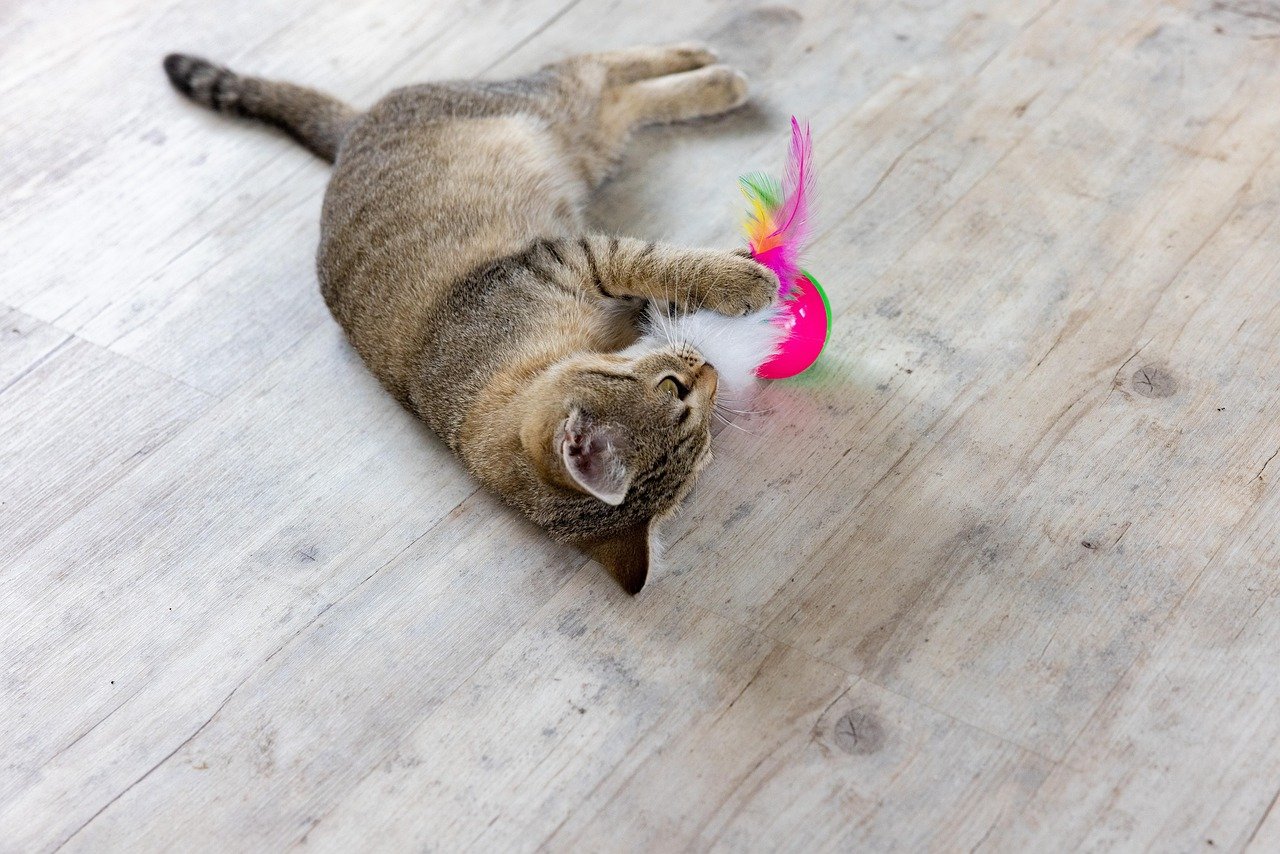
Cats express affection through play, especially if they bring you a favorite toy or invite you to join their games. Chasing a feather wand or pouncing on a string with you isn’t just about energy release; it’s about bonding. Sharing playtime means your cat enjoys your company and trusts you to join in their fun.
Bringing You “Gifts”

As unpleasant as it can be, when your cat presents you with a toy, a sock, or even a bug, it’s a sign of love. They’re sharing their “hunt” with you, treating you like a member of their family. These little trophies are tokens of trust and affection—strange, but sincere.
Grooming Behaviors

If your cat licks your hand, arm, or even your hair, they’re treating you like a fellow cat. Grooming is reserved for those they are close to. Even if your cat just gives you a lick now and then, it’s a sign they see you as part of their inner circle. Sometimes, they might even “groom” you by nibbling gently, which is another form of bonding.
Subtle Purring Near You

Cats purr for many reasons, but if yours tends to purr when you’re nearby—especially when you’re talking or quietly sitting together—it’s a sign of contentment. This soothing sound is often reserved for moments of happiness and safety. Even if your cat isn’t in your lap, that gentle rumble means you’re bringing them comfort.
Watching You Closely

Does your cat watch you as you work, cook, or read? That focused attention is a sign they’re interested in your activities and want to be part of your world. Sometimes it feels like they’re studying you from afar, but really, they’re just keeping tabs on their favorite human. Their watchful eyes are a silent testament to their bond.
Responding to Your Voice

If your cat perks up or comes when called, that’s a strong indicator of attachment. Not all cats respond to their name, but many will react to their owner’s voice with a tail twitch, ear flick, or even a meow. This recognition means they associate your voice with safety, food, or affection, deepening your connection.
Mirroring Your Movements

Some cats subconsciously mirror their owner’s actions—stretching when you stretch, yawning when you yawn, or even sitting when you sit. This mirroring is a subtle sign of emotional synchronization. It’s like your cat is trying to be in tune with your mood and energy, forging a silent harmony between you.
Subtle Kneading Motions
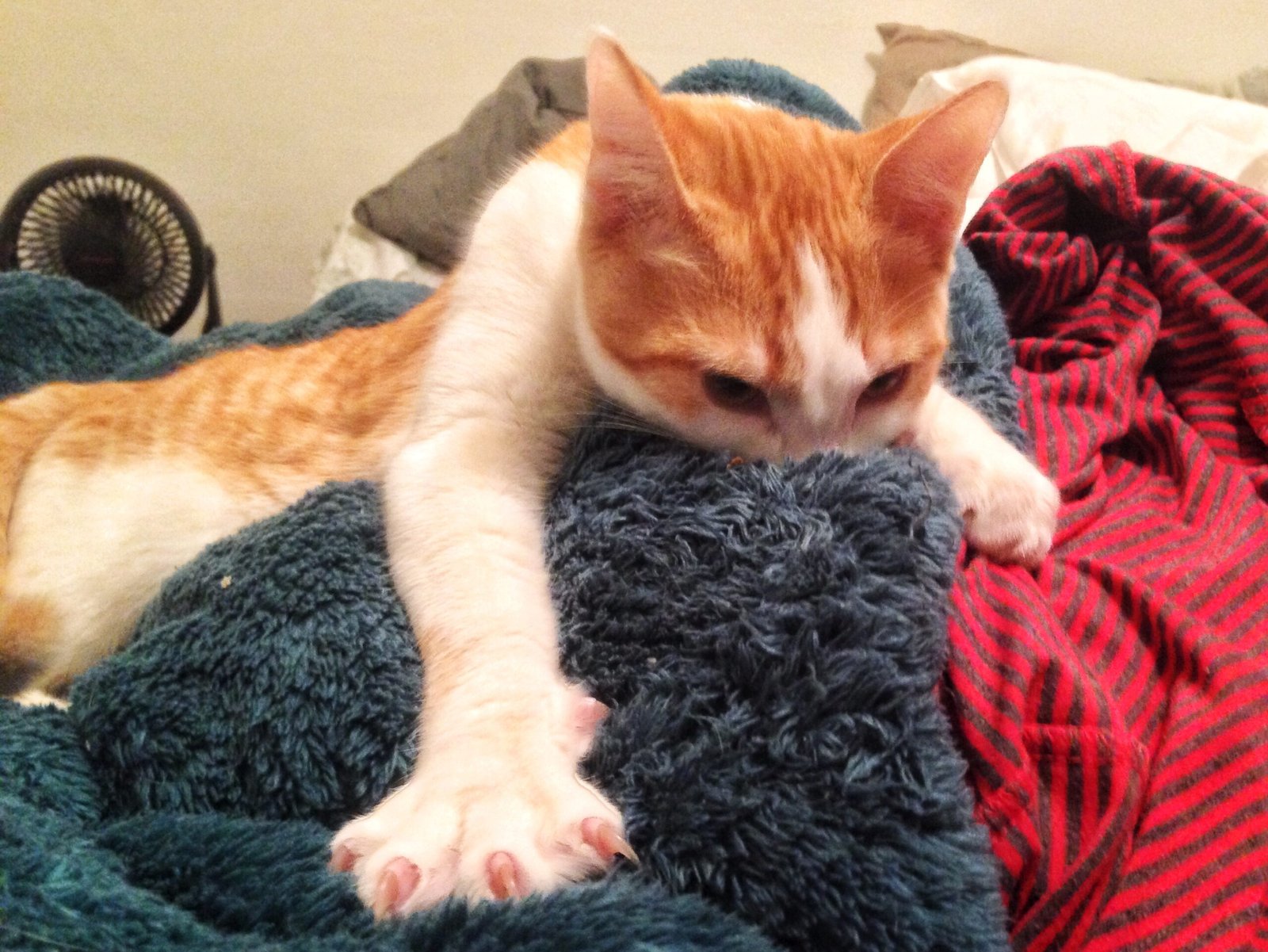
Kneading isn’t just for kittens. If your cat kneads a blanket, pillow, or even the air while you’re nearby, it’s a comfort behavior rooted in kittenhood. This action is associated with feelings of security and happiness. When your cat kneads in your presence, it’s a nod to the comfort they feel around you.
Showing Their Back or Side
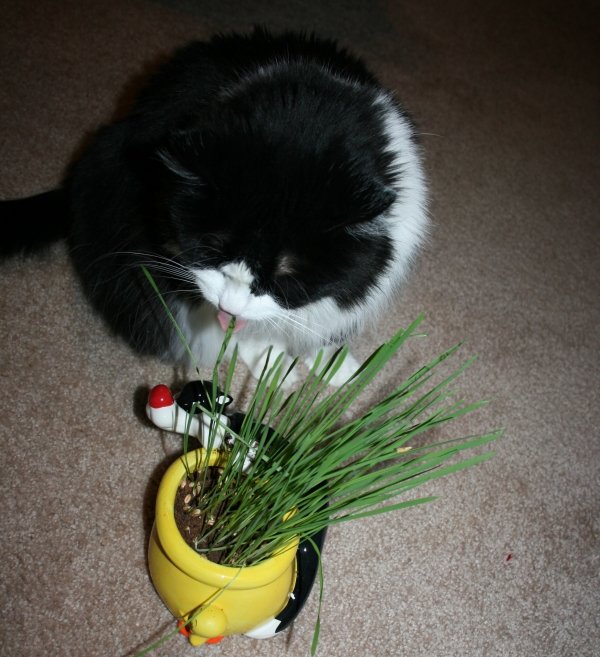
When a cat turns their back or side toward you, it might seem dismissive, but it’s actually a sign of trust. In the wild, turning away from someone exposes vulnerability. Your cat is saying, “I trust you not to hurt me.” That simple gesture is a silent statement of confidence in your relationship.
Staying Calm During Stressful Situations
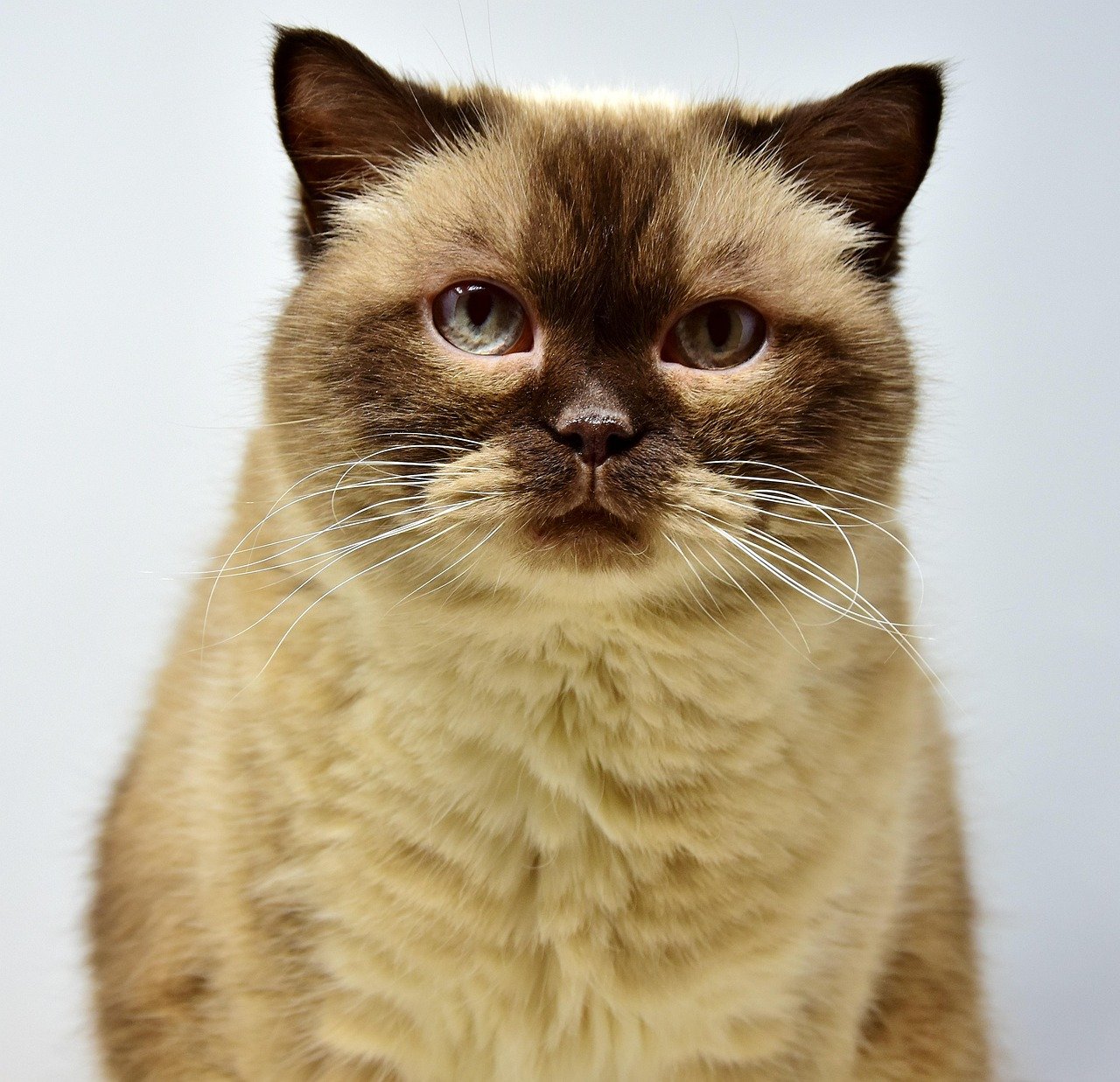
Cats are often jumpy, but if yours remains calm when you’re around—even during thunderstorms, vet visits, or loud noises—it means they draw comfort from your presence. Your cat is using you as a security blanket, showing that you’re their safe harbor in a stormy world.
Waiting for You at the Door
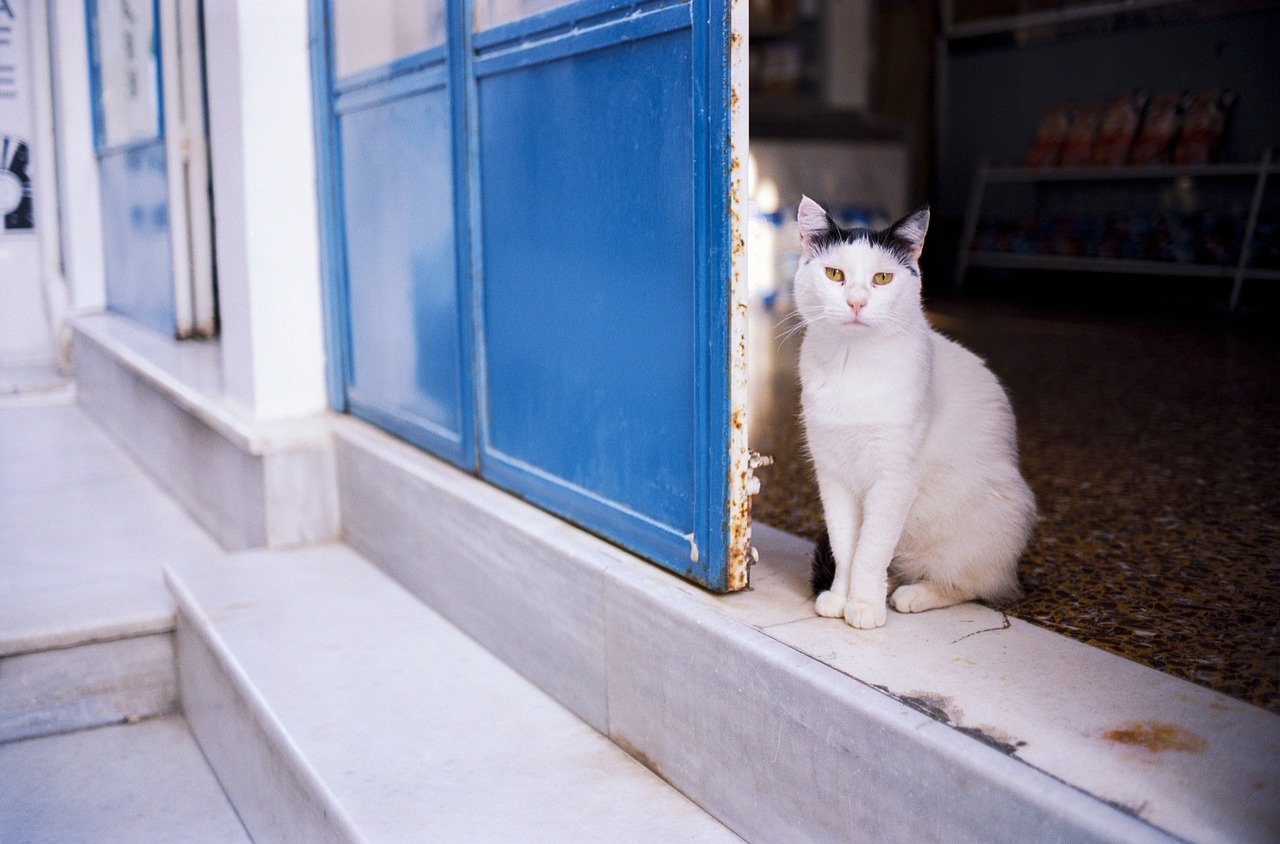
If your cat waits by the door when you come home, or even sits by the window watching for you, that’s a major sign of attachment. They anticipate your arrival and look forward to it. This behavior shows they miss you when you’re gone, even if they don’t run up for a cuddle.
Marking You With Scent
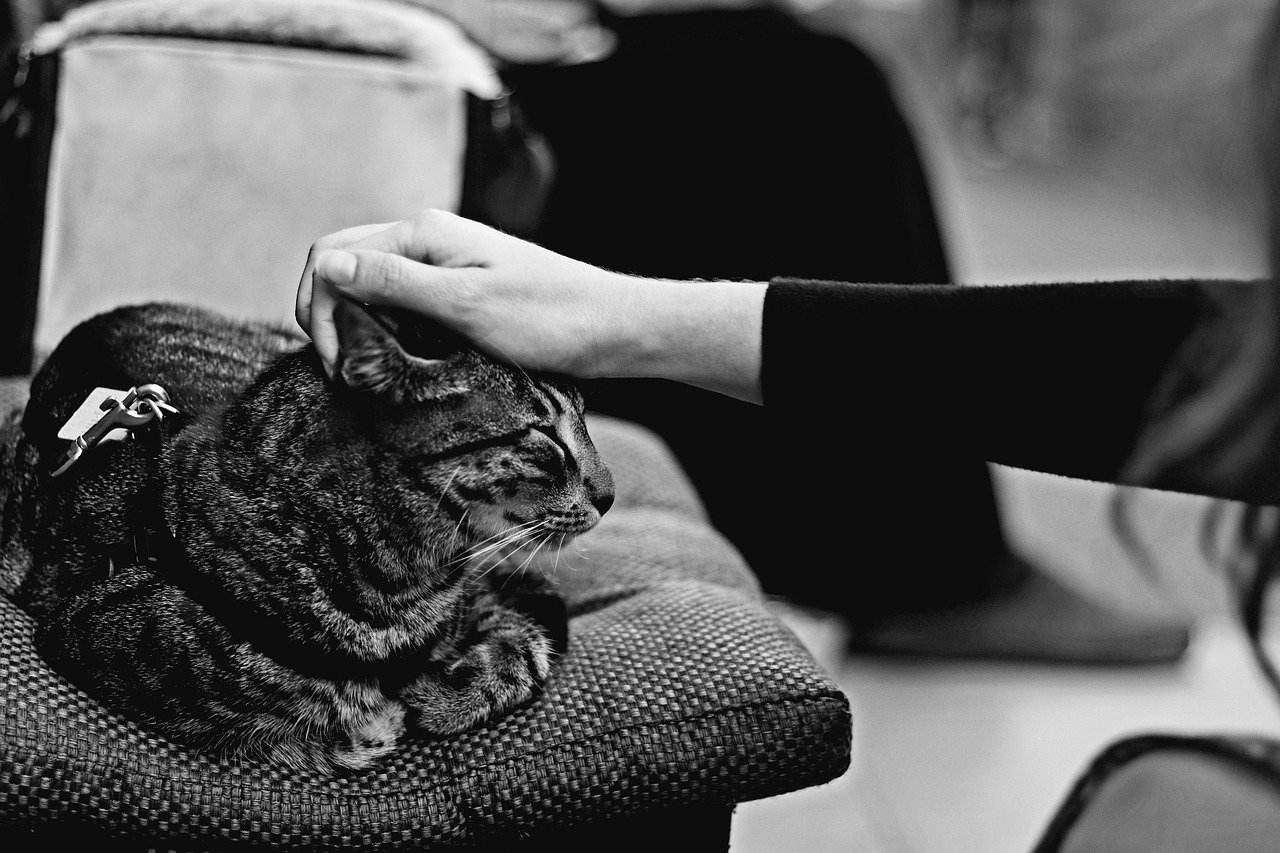
Cats have scent glands in their cheeks and paws. When they rub against you or knead their paws on your clothes, they’re marking you as part of their territory. This scent-sharing is a key way cats establish bonds. If your non-cuddly cat regularly scents you, they’re claiming you as their own in the sweetest way.
Eating or Sharing Space With You
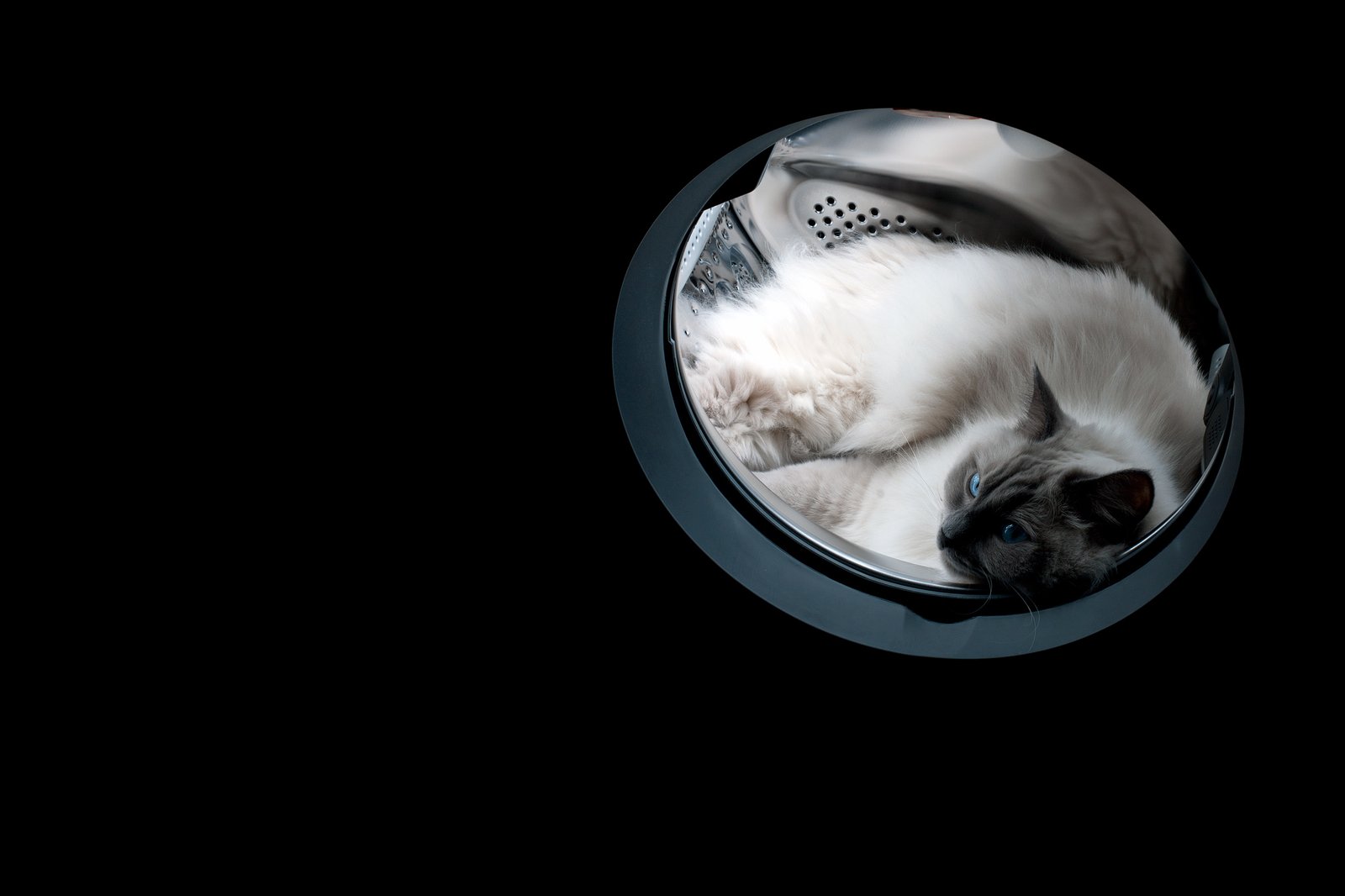
Cats are often particular about their eating habits, but if yours enjoys eating near you, that’s a sign of trust. In the wild, only cats that are bonded or part of the same social group eat together. Your cat might also choose to lounge in your favorite chair or on your bed. Sharing these spaces is a quiet way of saying, “We’re family.”
Hi, I’m Bola, a passionate writer and creative strategist with a knack for crafting compelling content that educates, inspires, and connects. Over the years, I’ve honed my skills across various writing fields, including content creation, copywriting, online course development, and video scriptwriting.
When I’m not at my desk, you’ll find me exploring new ideas, reading books, or brainstorming creative ways to solve challenges. I believe that words have the power to transform, and I’m here to help you leverage that power for success.
Thanks for stopping by, Keep coming to this website to checkout new articles form me. You’d always love it!






